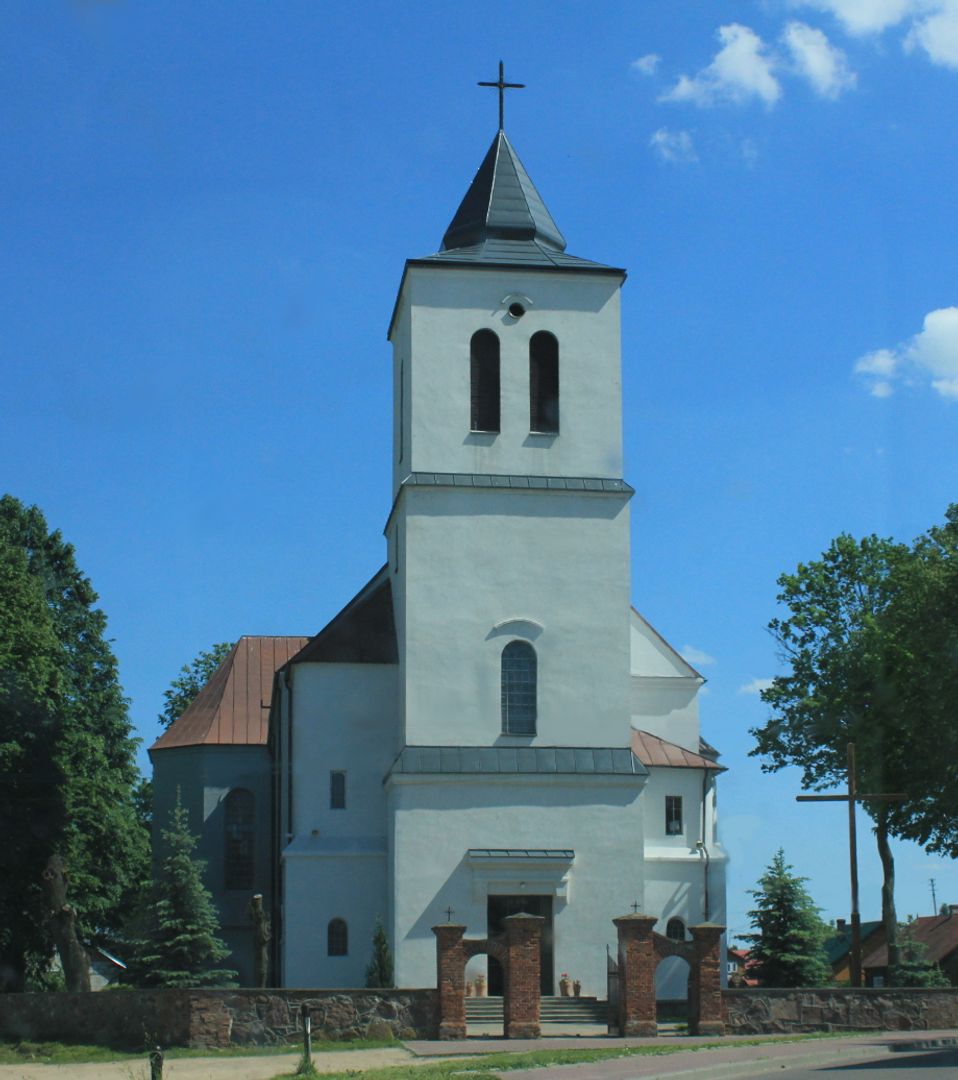Nur
6.59

Overview
Nur is a village in Poland, located in the Masovian Voivodeship, in the Ostrów Mazowiecka County. Situated on the right bank of the Bug River, it historically held town status, having been granted its charter before 1425, but was demoted to a village in 1870. During its periods of prosperity, Nur played a significant role as the seat of the local municipality and the venue for regional assemblies (sejmiki ziemskie). The history of Nur dates back to prehistoric times, with traces of cemeteries and settlements discovered, including evidence of habitation from the late Paleolithic era, as well as numerous finds from the Neolithic and Bronze Ages.
In the Middle Ages, a parish was established here, and from 1425 the town developed, trading in grain, timber, and other raw materials. In the 16th century, Nur became part of the Polish Crown, and local assemblies were held there until the 18th century. During the 18th century, a Jewish community began to form, and the town was known for its craft guilds. In the 19th century, Nur lost its town privileges, becoming a settlement that endured despite the difficult times brought by the Partitions of Poland and World War I.
During the interwar period, it functioned as a local trade center, and after World War II, it continued as a village, undergoing various administrative phases. Nur retains several historical monuments, such as a wooden parish house from 1929, a parish cemetery, a Jewish cemetery, and the urban layout dating back to the 15th century. The village is located at the intersection of National Road 63 and Voivodeship Road 694, making it an important transportation hub in the region.
Nur is a place rich in history and culture, which, despite changes and challenges, continues to maintain its presence in the Polish landscape.
Location
2025 Wizytor | All Rights Reserved